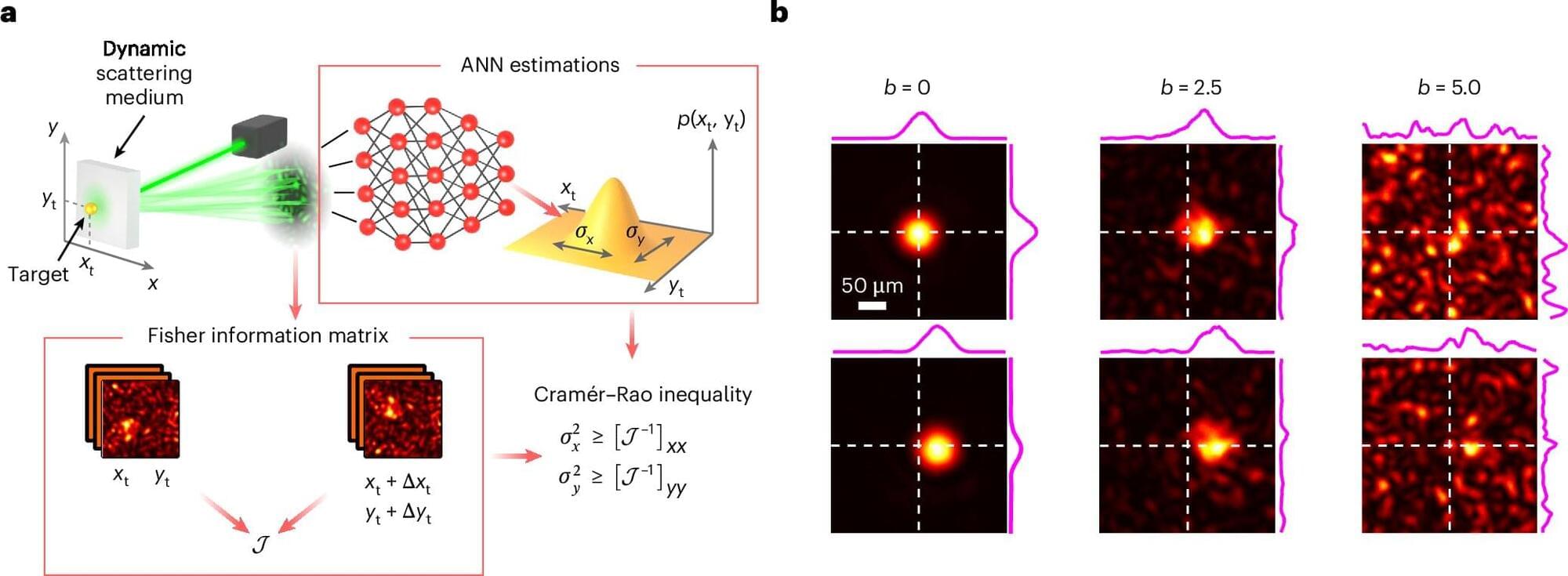No image is infinitely sharp. For 150 years, it has been known that no matter how ingeniously you build a microscope or a camera, there are always fundamental resolution limits that cannot be exceeded in principle. The position of a particle can never be measured with infinite precision; a certain amount of blurring is unavoidable. This limit does not result from technical weaknesses, but from the physical properties of light and the transmission of information itself.
TU Wien (Vienna), the University of Glasgow and the University of Grenoble therefore posed the question: Where is the absolute limit of precision that is possible with optical methods? And how can this limit be approached as closely as possible?
And indeed, the international team succeeded in specifying a lowest limit for the theoretically achievable precision and in developing AI algorithms for neural networks that come very close to this limit after appropriate training. This strategy is now set to be employed in imaging procedures, such as those used in medicine. The study is published in the journal Nature Photonics.
